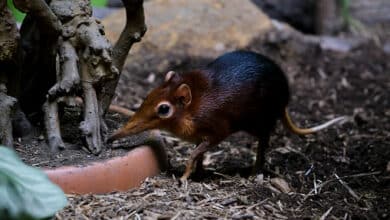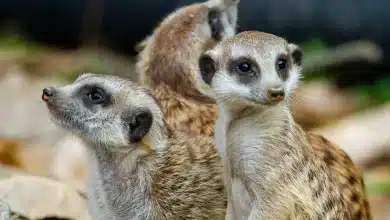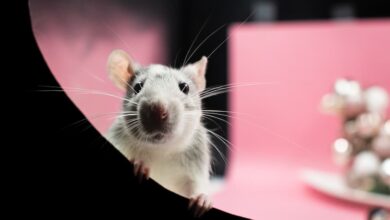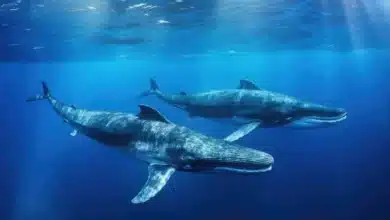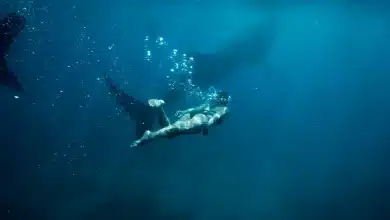The Wild Florida
1. The Florida Keys – A Tapestry of Life at its Edge
t, feel both tranquil and vibrant.
The shy Key Deer, a tiny subspecies of white-tailed deer, roam the National Key Deer Refuge on Big Pine Key. Their delicate hooves barely rattle the leaves. Around 800 Key deer still roam the wild. Each sighting is a precious connection to a lineage of islanders.
The flats beneath the Keys are teeming with life. spiny lobsters dart among the corals, nurse sharks lie on the sandy seafloors, and Manatees drift through the seagrass beds, gentle giants who could be vulnerable to warming waters.
Roseate Spoonbills with their bright pink feathers wade in shallow marshes. Meanwhile, graceful Great White Herons, perhaps the largest herons in North America, stand motionless among marsh grasses. Their stillness is almost surreal.
The skies are brightened by the migration of peregrine falcons, born for speed and capable of diving at speeds up to 200 mph. Birdwatchers track the silhouettes of flying birds against a sunset painted with binoculars.

2. Big Cypress & The Everglades: Water that Breaths life
The watery labyrinth that is the Everglades National Park, a “river” of grass flowing from Lake Okeechobee to Florida Bay, lies in the south. It is the largest tropical wilderness west of the Mississippi, and a cradle for biodiversity.
Here, Florida Panthers, elusive, endangered and swarming through the mangrove edges and hammock canopy–ghostly witness to a landscape which has shrunk by just 5%.
The wood stork is a wading bird that stands three feet high with a bald head etched over time. They are fragile indicators of ecosystems because their numbers decrease when water flow falters.
Alligators glide silently through the still waters of the Big Cypress National Preserve, a vast world of cypress strands and plains. Orchids grow in the humid air beneath their gaze. Endangered creatures such as the Florida Sandhill Crane and Eastern Indigo Snake also find refuge.
Paddlers in kayaks enter mangrove tunnels, shade-dappled passageways gliding past crabs, raccoons, and songbirds. The roots of these tunnels are sacred, and every breath feels like a holy moment.
Conservation efforts like raising highways in order to restore the natural flow of water carry the hope of restoring the fragile water world – and the aquifer, which sustains much of South Florida.
The wilderness is fighting back against invasive species, even in the midst of its rhythms. This year’s Florida Python Challenge resulted in nearly 300 Burmese Pythons being removed thanks to citizen participation.
3. Panhandle’s Emerald Coast and Hidden Wetlands
The Emerald Coast of the Panhandle is a dazzling stretch of white sand and sparkling waters, where Gulf waves kiss sea oats-dotted dunes.
Coastal dunes lakes, shallow inland waterbodies located just meters from the ocean, rise and fall with the tides. This phenomenon is only found in a handful of places worldwide.
St. Marks National Wildlife Refuge. The marshlands are home to herons and black bears. They also have bobcats, whooping cranes, and otters. Each sunrise is a different choreography of birds flying across estuaries, lighthouse shores and other areas.
Apalachicola Bay, part of Florida’s “Forgotten Coast,” is the cradle for oyster culture. The tentative reopenings of its reefs symbolise hope in restoring the economy and ecosystem.
Other freshwater springs, such as Crystal River, offer crystal-clear environments for manatee experiences and cozy paddleboard adventures. These villages are a tranquil oasis, away from the theme park bustle.
While lesser-known towns on Florida’s Gulf coast, such as Cedar Key, Sarasota and St. Augustine, Ocala and Cocoa Village, are quiet towns with charms like local seafood, Spanish culture, art scenes, kayaking in bioluminescent waters, and quartz sands that glow at night.
4. A human tapestry woven into wild landscapes
Florida’s wilderness is alive not just with wildlife but with the communities–scientists, fishermen, paddlers, birdwatchers–whose lives are tied to ecosystems.
- St. Mark’s Wildlife Refuge volunteers protect bird migrations.
- Alligators are visible in the dawn light thanks to rangers from Cypress Swamp.
- The oyster fishermen of small towns wait for the bay’s reopening, eager to resume their ancestral livelihoods.
- As manatees and corals drift or coral palettes change, visitors from far and wide find connection when they paddle through mangrove tunnels.
Florida’s human side is best seen in the quiet wonder of its waterways and lands, not by the crowds or amusement parks.

5. Weaving it All Together: Geography and Life Story
Florida’s water is defined by its slow, gentle movement, soft roaring, reflection of sky and life.
Every ecosystem has its own story:
- Reef bleaching is threatening the Keys, with its mangroves and undersea kingdoms.
- The Everglades – with panthers slinking through the sawgrass, storks assessing the health of wetlands and hands working on resetting drowned highways.
- The Panhandle – with dune lakes that murmur at night, refuge marshes and towns that hold fast to seafood and the sea.
People and their senses matter everywhere: the sound of the sand on the beach, the smell of salty moss or manatees’ breath, shining a light through reeds in marshes, or trusting that an airboat would slow down.
Florida as living Geography
” wild Florida ” is not a slogan, it’s an alive geography, a pulsing heartbeat filled with water, wildlife and stories. Every place has something to offer, from sand and swamps to coral, cypress trees, and sand.
- A sense of place. The Keys sunsets, the Everglades’ hush and the Panhandle dunes’ hush.
- The sense of life. Deer shrinking beneath palms. Herons rising from marshes. Springs feed rivers that only a Manatee can know.
- Sense of Continuity: People defending, paddling or standing guard and trusting ecosystems to survive.
Let us close with an image: a paddle breaking the still waters at dawn, a manatee surfacing, or the blackout of the falcon’s wings above. Florida is a state that invites wonder, not as an image but as a feeling. Its wildness is not just a place to be found on maps but a mosaic full of life.
